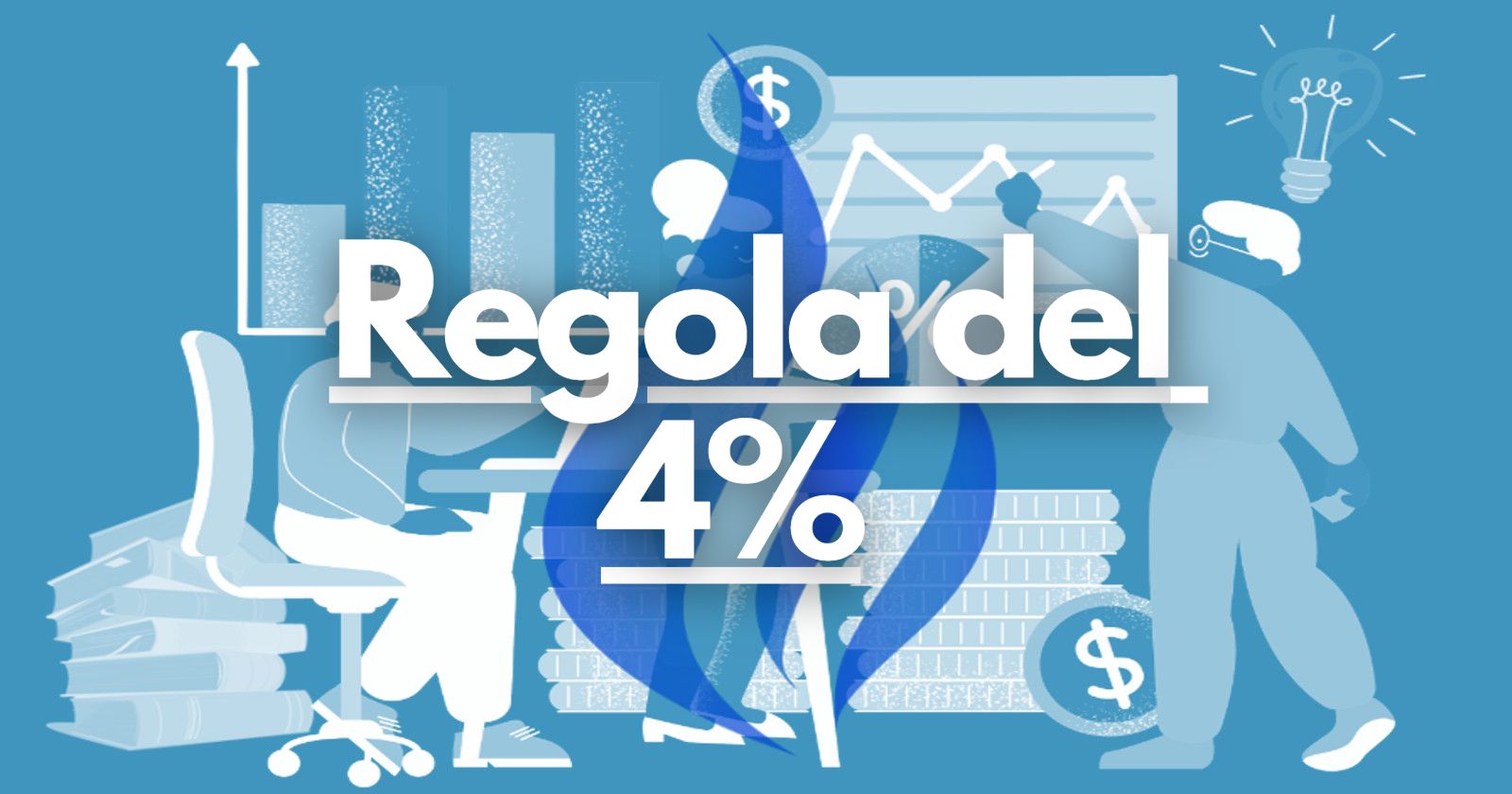
Therule of 4% is a general rule that can be used by FIRE retirees to decide how much they should withdraw from their retirement funds each year to live off their investments.
The “rule” is actually one guideline that aims to maintain a constant income flow, while maintaining an adequate overall account balance for future years.
Withdrawals will mainly consist of interest and dividends on savings.
Why the 4%
The rule was created using historical data on stock and bond returns over the period of 50 years since 1926 al 1976, which showed that it was possible to withdraw the 4% of your savings on an annual basis at the worst point of that period and still have enough to live on 30 following years.
The rule of 4% recommends maintaining a balanced portfolio with 50% of joint actions and the 50% of medium-term bonds.
The rule means retirees must increase their withdrawal rate to keep up with inflation.
The safe withdrawal rate (Safe Withdrawal Rate) of the 4% it is based on a possibleworst case scenario based on historical data, as analyzed byTrinity Study.
Experts are divided on whether the withdrawal rate of 4% is the best option, and people who are risk averse may decide to apply a rule of 3%, while those with a higher risk tolerance can choose to increase it to 5% or more.
The same creator of the rule of 4%, Bill Bengen, he stated in 2020 that a withdrawal rate of 5% is more advisable than 4%. [1]
Risk reduction
IlTrinity Study determined that a portfolio with the rule of 4% can “survive” until 30 years (and in most cases, even more).
To cover a longer period of time and significantly increase the chances of "success" (Don't go bankrupt) some measures can be taken:
- Avoid common investing mistakes (for example, don't make the mistake of withdrawing your investments during a market crash)
- Save more than 25 times your living expenses and/or decreasing your withdrawal rate increases your chances of success. The higher your capital, the lower your withdrawal rate, the longer your wallet will last.
- Reduce your expenses once you retire. Withdraw less than you plan to spend, and try to make it enough for you. Statistically, after a certain age people tend to spend less.
- Be flexible with your annual expenses. Studies have shown that decreasing expenses during a market crash dramatically increases success rates.
- Make sure you invest as much as possible. Too much liquid, uninvested cash reduces your rates of return, which reduces the ability to fight inflation over time. It's best to keep a minimum amount of money for emergencies and invest everything else.
Link
Opinion: The inventor of the ‘4% rule’ just changed it
